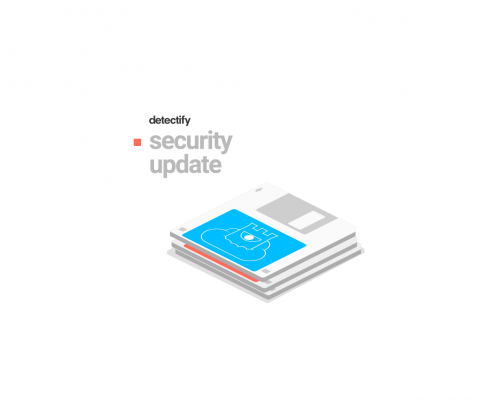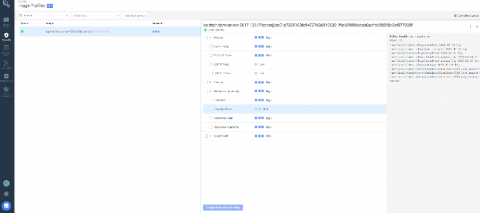What is DDoS mitigation and how does it work?
Distributed denial of service (DDoS) attacks are a favorite method for attackers to disrupt or debilitate firewalls, online services, and websites by overwhelming systems with malicious traffic or transaction requests. DDoS attackers accomplish this by coordinating an army of compromised machines, or 'bots', into a network of devices they control from a remote location that focus a stream of activity toward a single target.










